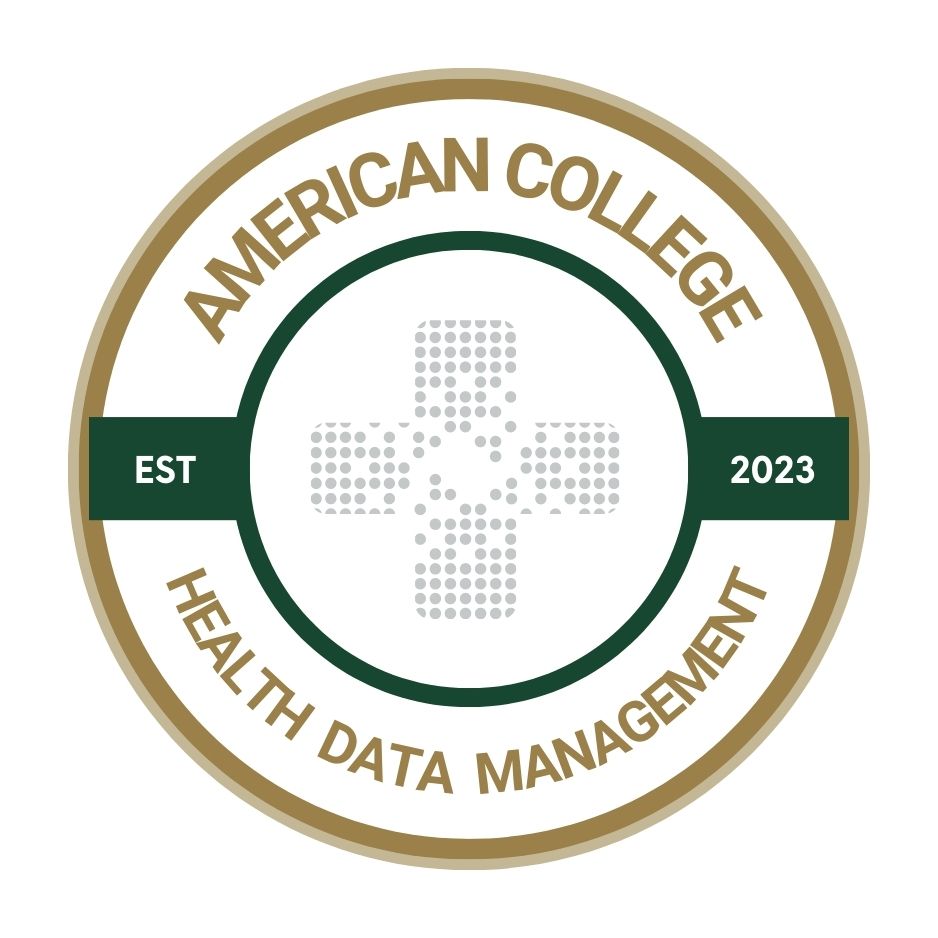Rethinking data silos in healthcare: From isolation to integration
The focus needs to shift from the destruction of data silos to establishing efficient communication channels for improved patient outcomes.

In a series of articles, we’ve explored the challenges and opportunities presented by the extensive data explosion in the healthcare industry. You can find the initial publication here for all five themes introduced.
In the last piece, we looked at how organizations can reimagine the EHR as a unified, comprehensive platform, transitioning from a landscape of data silos to one that promotes data convergence. Here, we examine why data silos exist and how new entrants to healthcare may be exacerbating the problem.
Breaking down data silos
We love a good metaphor in healthcare. We often describe chronic disease management as a marathon or compare air traffic control to capacity management.
A recent article asked healthcare leaders how they’re “breaking down” data silos. It’s a metaphor commonly used not only in healthcare but also across mainstream and business media. The term “breaking down” evokes powerful imagery of tearing down rigid structures and enabling grains (or in this case, data) to flow freely. For some, this metaphor can be perceived as potentially chaotic or messy.
In the case of data barriers in healthcare, a more nuanced approach may be required – one that doesn’t require wrecking balls or sledgehammers, but is more pragmatic and prioritizes unlocking the highest value opportunities first.
Data isolation in healthcare shares similarities with other industries but has distinct challenges because of the nature of patient care. Strict privacy expectations from patients and the government, and weak interoperability pose challenges in accessing and integrating external patient data into care plans. Healthcare providers face heightened scrutiny and are extra cautious because the consequences of mishandling data can be severe.
Additionally, reliable and clean data to drive action is a must. While inaccuracies in external data for companies like Facebook may lead to misdirected ads, in healthcare, failing to verify and reconcile external data sources can result in a negative patient outcome.
Misaligned incentives
Despite the unique challenges that healthcare presents, the primary reason for siloed data is the same as nearly every other industry.
We’ve all heard the following phrase repeated several times – “no margin, no mission.” It is a reminder that at the end of the day, provider organizations are a business, just like other industries and other players within healthcare. Providers, payers, pharmacy retailers, tech companies and others are guided by their own incentives. Only when incentives are aligned can data be shared more freely.
The most common example of misaligned incentives is between payers and providers. Payers aim to control costs, while providers aim to deliver optimal patient care, which historically puts the two in conflict.
While this divide may never be completely “broken down,” better data sharing has been incentivized by alternative payment models that effectively align incentives by rewarding providers for delivering high-quality, cost-effective care. These models encourage collaboration and coordination between payers and providers, emphasizing outcomes and patient satisfaction.
By fostering a shared focus on value and patient-centered care, it is possible to align the incentives of payers and providers more effectively in the healthcare system.
New entrants
Newer entrants to the healthcare ecosystem bring a different flavor to the dynamics surrounding data sharing incentives and complexity. For instance, data from grocery stores and other retailers like Walmart or Amazon can give us an important picture into the food security and wellness of a patient.
The COVID-19 pandemic highlighted this for us – food insecurity and poor nutrition is associated with several chronic illnesses that put people at higher risk for the more severe complications of COVID-19.
Grocery store and other retail data can play a crucial role in augmenting our understanding of social determinants of health (SDOH) for patients.
The amount of retail data generated by Walmart or Amazon for a patient is vast, but cloud technologies bring us closer to integrating, securing, and utilizing this amount of data possible. For example, cloud platform approaches such as data behind glass and data clean room offer novel ways to uncovering insights from data, without compromising patient data privacy.
Even with technology available to make integration possible, we still have to ask the question: is completely “breaking down” this data silo worthwhile? In our example, there are still valid concerns around the accuracy and quality of retail data, ethical implications of using commercial data for patient care, potential bias and the need for informed patient consent.
It raises an important question for all newer entrants: is it necessary to dismantle every data silo, or should we reframe our approach?
The path forward
Instead of data “silo,” we could transition to the term data “island” and ensure we have the right communication channels in place with other islands to get data when we need it. Instead of the data being in a closed-off structure, it is on an island and accessible with the right communication channels.
Providers need meaningful insights at critical moments for optimal patient outcomes. Depending on how impactful it is to the needs of the patient, data may not need to move across different contexts. However, there are undoubtedly instances where it does matter, requiring us to consider who needs it, why and how we can address the issue. And in those instances, our focus needs to be in addressing the isolated information we need – not just in demolishing the entire structure.
There’s one small shift we can make today: leave your sledgehammers at home. Instead of “breaking down” each data silo until we’ve reached a data utopia, let’s promote a framework that embraces each part of the healthcare ecosystem – communicating and collaborating when necessary for the benefit of the patient.
Sriram Devarakonda is chief technology officer for Cardamom Health.
